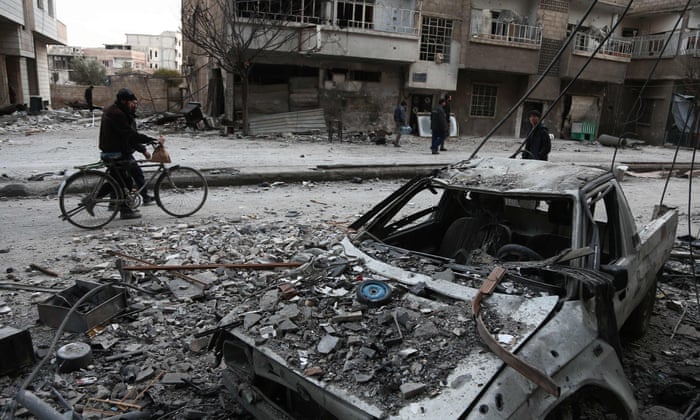
Syrians walk along a street covered in debris from shelling in Arbin in eastern Ghouta.: photo by Abdulmonam Eassa/AFP, 26 February 2018
If I remain alive: The Ghouta Diaries: Abdulmonam Eassa, AFP, Monday 26 February 2018
On February 18, 2018, Syrian regime forces intensified their bombardment of Eastern Ghouta, an area home to almost 400,000 people that has escaped government control since 2012, been besieged almost ever since and is controlled by mostly Islamist and jihadist groups. So far the assault has killed more than 550 civilians, including around 140 children, according to the Syrian Observatory for Human Rights.
The bombardment was widely considered to
be preparation for a government ground assault to retake an area which
lies within mortar range of central Damascus.
Here it is as seen by Abdulmonam Eassa, a local photographer whose images for AFP of the death and destruction there you may have seen.

A Syrian man carries an infant rescued from the rubble of buildings following government bombing in the rebel-held town of Hamouria, in the besieged Eastern Ghouta region on the outskirts of the capital Damascus, on February 19, 2018.: photo by Abdulmonam Eassa/AFP, 19 February 2018
Monday February 19
Strikes on Eastern Ghouta leave 127 dead.
A strike hits very close today. I go
to take a look. The whole area seems to have been burned. During the
first few seconds, you think no-one is dead, you just see ashes and
destruction. That’s because people hide as soon as they hear the sound
of a rocket or a plane. But after a few seconds you see signs of life.
I see a woman coming out from a
destroyed building with four children. They are screaming. One of the
kids is carrying a notepad or a book, maybe a Koran, I can’t remember.

A Syrian woman and children run for cover amid the rubble of buildings following government bombing in the rebel-held town of Hamouria, in the besieged Eastern Ghouta region on the outskirts of the capital Damascus, on February 19, 2018.: photo by Abdulmonam Eassa/AFP, 19 February 2018
The Syria Civil Defence volunteers
known as the "White Helmets" arrive and begin to dig through the rubble.
I see one of them carrying an infant. I am shocked that someone so
young has been hurt.
I keep taking pictures and
look at the back of my camera to see how they came out. Suddenly I see
one my brothers-in-law staring at me from one of the images. He is
standing next to a door of a building, screaming for help. He is
injured. I didn’t even realize it was him when I was shooting the scene,
only after, when I quickly checked the photos. What should I do? Should
I help him or continue to take pictures? It’s a question that I
constantly ask myself.
I’m about to leave when I see a White
Helmet carrying a child. I realize it’s the son of a friend. I hurry and
take him and rush to the hospital. The boy holds on tight to me, he
doesn’t want to let me go. When we get inside, I want to take a picture
of him, but he doesn’t want to let go of my hand. I manage to free my
hand, but he keeps holding his hand towards me. I can feel myself
crying.

Eastern Ghouta, February 19, 2018.: photo by Abdulmonam Eassa/AFP, 19 February 2018
I leave a half hour later, heading
home, which is about 700 meters away. After about 200 meters, I see that
the area where I live has been shelled. I suddenly panic. My family
lives there! What if one of them is dead?!
I hurry along and see that the
building where my sisters and other relatives live has been hit. It's
covered in dust and I can’t see anything. Fear spreads through me as I
get closer. I leave my motorbike in the middle of the street and run
into our house. I see one of my brothers. “Is Mum ok?” I ask. “Yes,” he
answers. “Is everyone else all right?” “Yes,” he says. I am about to
breathe a sigh of relief when I catch a figure lying on the ground out
of the corner of my eye. It’s a friend of mine. He has a head injury.
He is dead. But we have to just leave his body there because there are
wounded children and they have to be taken to the hospital. I can’t take
pictures of scenes like this.
I take a look at the other side of the
street. I see a woman wearing a prayer outfit. Her face is bleeding. I
suddenly realize that it's one of my sisters. Two other female
relatives are standing next to her, also injured. I try to calm my
sister down. She has no shoes, so I want to carry her, but she tells me
not to worry, she will walk barefoot. I take her and the others to the
hospital, then drop off my mother and other siblings in Daraya. Then I
go back to take a look at our house.
The doors and windows are completely smashed. I take a look around and realize that I no longer care about death. There is a plane in the sky again, a strike can come at any moment, but I am not scared. I have been hurt to the point where I can hurt no more.

Syrian civilians look at the rubble following government bombing in the rebel-held town of Hamouria, in the besieged Eastern Ghouta region on the outskirts of the capital Damascus, on February 19, 2018.: photo by Abdulmonam Eassa/AFP, 19 February 2018
My family spends the night in another house. No-one really sleeps. As I record these words, I can hear planes in the sky. The building is shaking. Thoughts keep shooting through my mind. What if my loved ones die and I live? How will I bear the pain? I leave.
Tuesday, February 20
The attacks on Eastern Ghouta kill 128 civilians, including 29 children. Another hospital, Arbin, has been taken out of action.
The
UN children’s agency UNICEF issues a blank statement.
“No words will do
justice to the children killed, their mothers, their fathers and their
loved ones,” it says.

Members of the Syrian civil defence evacuate an injured civilian from an area hit by a reported regime air strike in the rebel-held town of Saqba, in the besieged Eastern Ghouta region on the outskirts of the capital Damascus, on February 20, 2018.: photo by Abdulmonam Eassa/AFP, 20 February 2018

Eastern Ghouta, February 20, 2018.: photo by Abdulmonam Eassa/AFP, 20 February 2018
I go to the hospital because I
know the situation there is terrible. No-one has eaten for a day. I walk
into one room, it’s full of dead bodies. Some died yesterday, some died
before that, but haven't been buried yet.
I manage to sleep for a few
hours at the hospital. I know in a few hours it's going to be the same
routine -- planes, strikes, barrel bombs, wounded civilians, horror,
recognising loved ones wounded or dead. But I am still strong. I can
still go out and take pictures. I don’t know how…. But I can.

A picture taken on February 20, 2018 shows a Russian air force Sukhoi Su-34 fighter jet flying over the sky in the rebel-held town of Arbin, in the besieged Eastern Ghouta region on the outskirts of the capital Damascus.: photo by Abdulmonam Eassa/AFP, 20 February 2018

A picture taken on February 20, 2018 shows smoke plumes rising following a reported regime air strike in the rebel-held town of Hamouria, in the besieged Eastern Ghouta region on the outskirts of the capital Damascus.: photo by Abdulmonam Eassa/AFP, 20 February 2018
Wednesday, February 21
UN chief Antonio Guterres describes what’s happening in Eastern Ghouta as “hell on earth.” Planes drop barrel bombs on the area.
We go into the Saqba neighbourhood
after a barrel bomb strike. A woman and her children are crying. A man
is stuck between two walls of a destroyed building. While we’re here, a
second barrel bomb hits, two streets away. I can’t focus. It feels like
there is a huge cloud above my head…
After a while, I head back to my neighbourhood. A Russian plane had hit it. People are screaming. People don’t know how to deal with a situation like this. I know a little because I follow death and destruction for my work. I get closer to a building. A boy and a girl are stuck between two walls of a collapsed building. I see their legs dangling. I inspect the area to make sure it’s safe. Then I pull out the boy. Then the girl.
I
climb to the rooftop to get a better view. Everything is burning. It
seems like everywhere was shelled -- Saqba, Misraba, Douma, Kafr Batna…
it seems like the whole area is burning.

Smoke and dust are seen following a reported regime air strike in the rebel-held town of Hamouria, in the besieged Eastern Ghouta region on the outskirts of the capital Damascus on February 21, 2018.: photo by Abdulmonam Eassa/AFP, 21 February 2018
My neighbours scream that there are
more children under the rubble. I put away my camera and head to where
they’re pointing. Sometimes I take pictures and sometimes I help pull
people out. I don’t have a set formula for when I do what. I just go
with my gut. The Civil Defense volunteers say there is one child still
stuck, but we find a child and a father. The father has suffocated to
death, the child has survived.

Syrians rescue a child following a reported regime air strike in the rebel-held town of Hamouria, in the besieged Eastern Ghouta region on the outskirts of the capital Damascus on February 21, 2018.: photo by Abdulmonam Eassa/AFP, 21 February 2018
Thursday, February 22
German Chancellor Angela Merkel calls for
an end to “massacre” in Syria. The UN Security Council fails to adopt a
resolution on a ceasefire over objections from Russia, an ally of Syria
President Bashar al-Assad, who has been helping him militarily.
I wake up at 6:00 am. It’s
quiet. There is destruction everywhere. People start to emerge, to check
the damage and to try to get some food. A half hour later there is that
dreaded sound -- a plane in the sky. It starts shelling. People run
back to their shelters. It’s been four days now that the bombing hasn’t
stopped. Everyone is scared.
Later I see White Helmets giving first
aid to a man. “Where is my bag of flour?! I need it!” he keeps crying.
Seems he was wounded getting food.
There are many people missing.
Everyone seems to be searching for their relatives. Some are dead, some
are just hiding, but communication is hard.

Eastern Ghouta, February 22, 2018.: photo by Abdulmonam Eassa/AFP, 22 February 2018
I don’t have any electricity. I worry
about being able to recharge my cameras and my computer. I need them, I
can’t work without them.
The number of martyrs has now risen to more than 300. Hospitals can’t count the number of dead and injured. Some people are still stuck under the rubble. The Civil Defence volunteers are trying their best, but they just can’t reach some areas because of the bombardment. The situation is so bad. God help us.
It’s 3:00 pm as I record this and the planes haven’t stopped bombing. Not one area has been spared. The White Helmets are really struggling. Many of their vehicles are damaged. It’s very difficult.
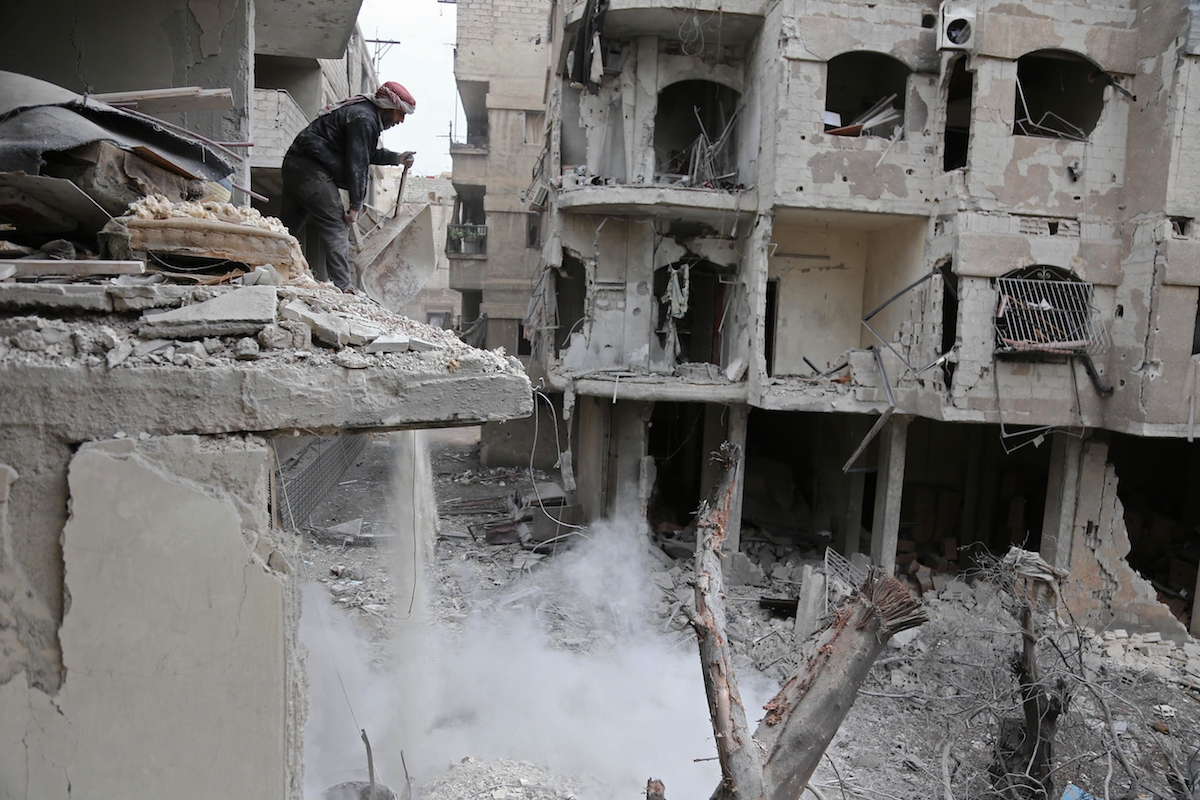
A Syrian man checks the site of Syrian government bombardments in Hamouria, in the besieged Eastern Ghouta region on the outskirts of the capital Damascus on February 22, 2018.: photo by Abdulmonam Eassa/AFP, 22 February 2018
Friday, February 23
The UN Security Council postpones a vote on a truce in Eastern Ghouta.
People are cowering in
shelters. Everyone is in shock. We can’t understand anything. Everything
is out of service. I can’t believe the difference four days of
bombardment has made. The whole area has been changed, erased. The
streets aren’t there anymore. They’re full of dust, rubble. Only
ambulances use them.

Eastern Ghouta, February 23, 2018.: photo by Abdulmonam Eassa/AFP, 23 February 2018
Maybe crying doesn’t help, but
today I cry. I can’t say anything else. Please, someone stop the
carnage. Please, someone has to stop what is happening here!
But life goes on. Today we take out four children from underneath a fully destroyed building. The things that I have witnessed here, I will never forget. If I remain alive.
Saturday, February 24, the UN Security Council approved a ceasefire resolution, which calls for a ceasefire “without delay” to allow aid into the area. But air strikes continued and claimed more lives. On Monday Russia announced a five-hour daily "humanitarian pause" and corridors for civilians to leave.
This blog was written with Samar Hazboun in Nicosia and Tana Dlugy in Paris.

Hamouria, in Eastern Ghouta, on February 23, 2018.: photo by Abdulmonam Eassa/AFP, 23 February 2018
Stevie Smith: Bog-Face / Dear Child of God
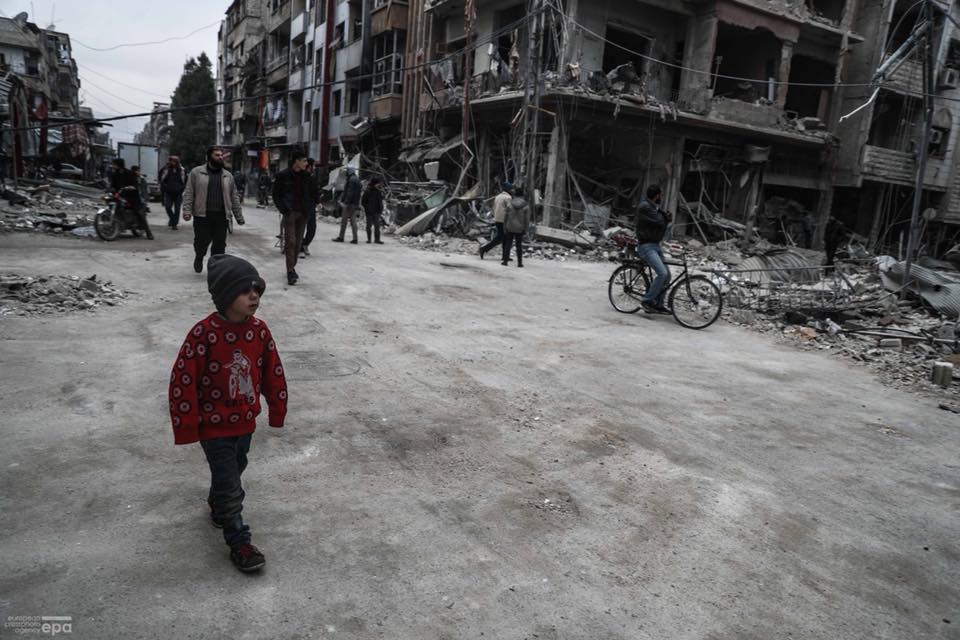
Among the rubble of #Ghouta...
(ph:Badra Mohammed Badra/EPA): image via Nino Fezza @nfcinereporter, , 26 February 2018
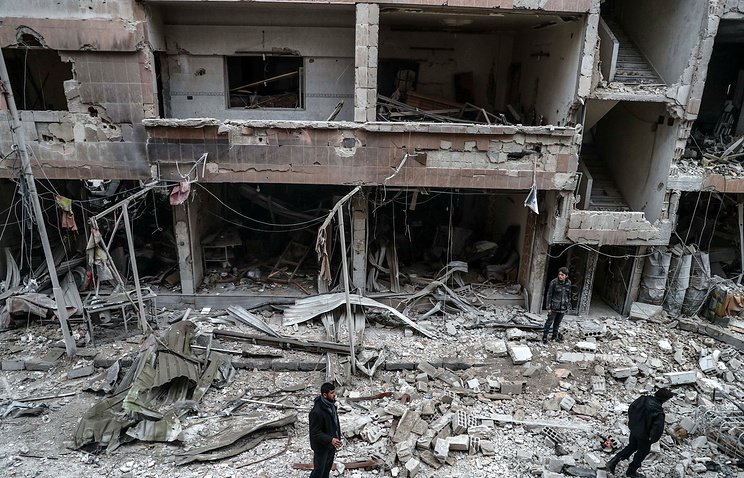
UK Foreign Office summons Russian ambassador over Eastern Ghouta
situation Photo Mohammed Badra EPA-EFE: image via TASS @tassagency, 26
February 2018
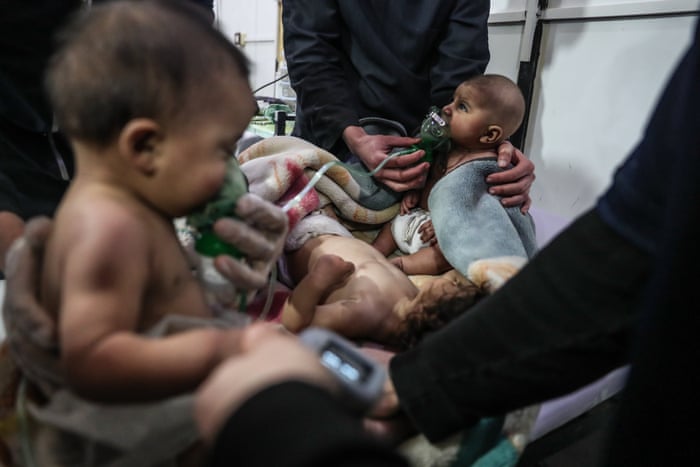
Children receive treatment after an alleged chlorine gas attack on Shifunieh, a village in eastern Ghouta. According to activists working in the area, one child died and more than 18 people were affected. Forces loyal to President Bashar al-Assad continue their air and ground attacks on the Damascus suburb: photo by Mohammed Badra/EPA, 26 February 2018
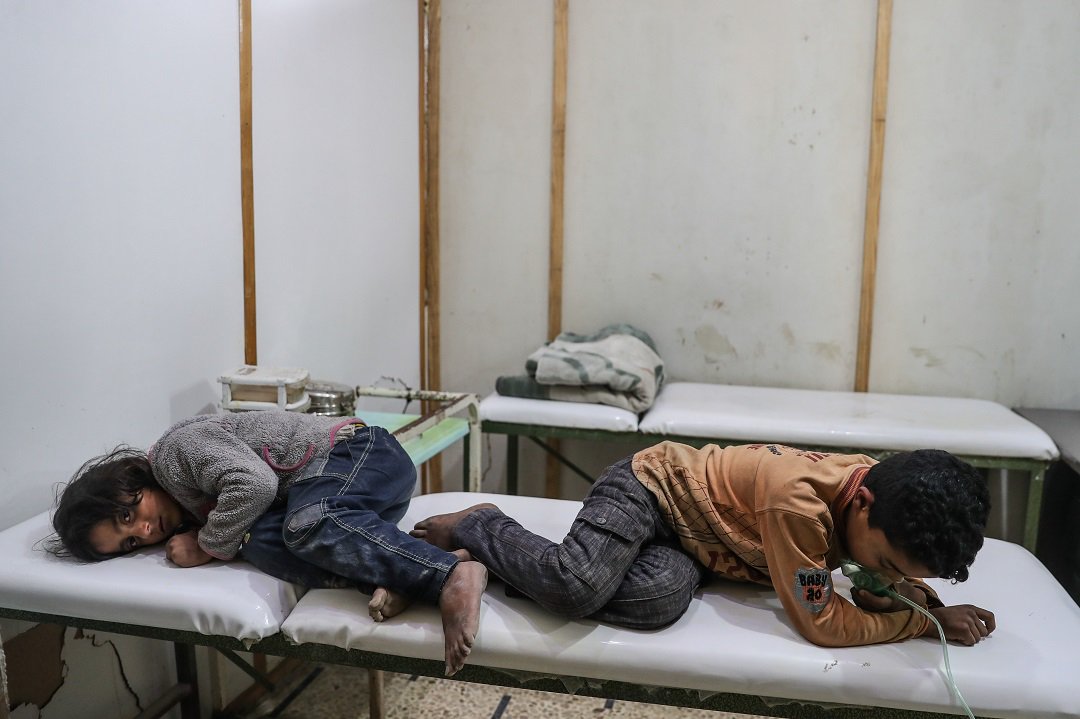
On
#AJNewsGrid: Reports of chlorine gas attack emerge as Syrian government
forces continue offensive against rebel-held Damascus suburb. What
questions do you have?: image via Al Jazeera English @AJEnglish, 26
February 2018
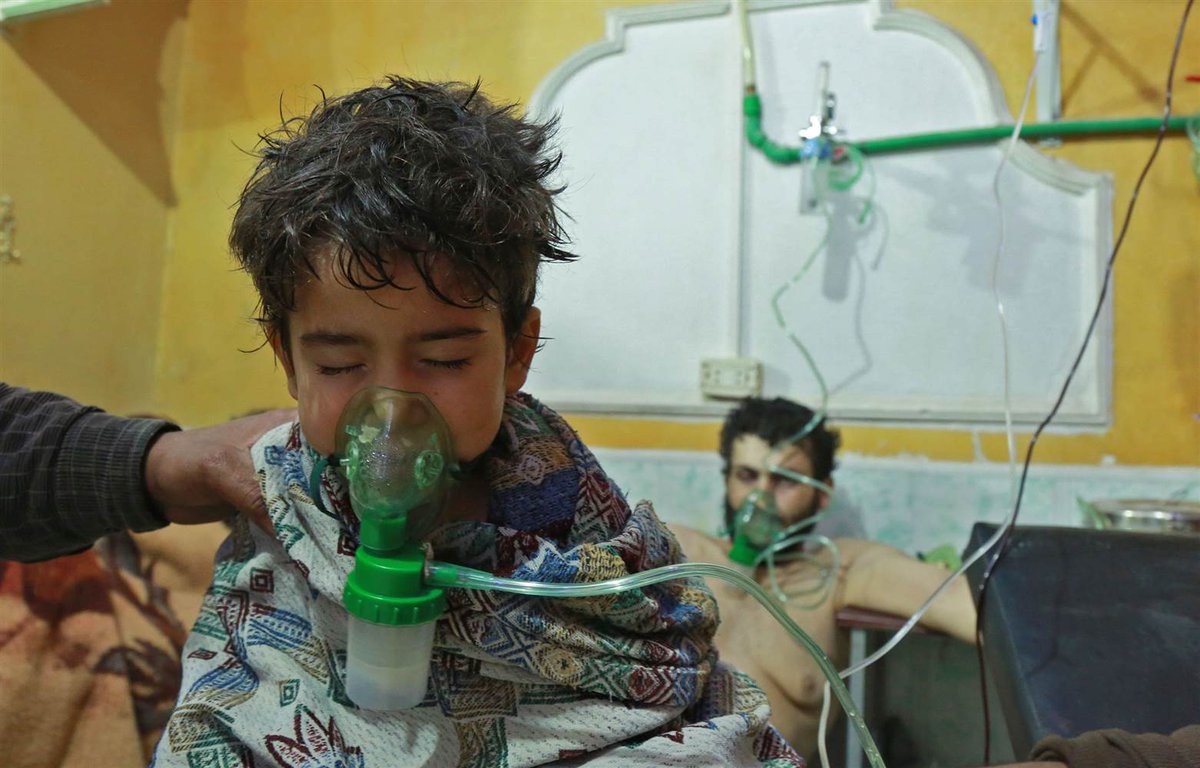
Several
people suffered symptoms consistent with exposure to chlorine gas in
Syria's rebel-held eastern Ghouta on Sunday and one child was killed,
local health authorities said.: image via NBC News @NBCNews, 26
February 2018

A child and a man are seen in hospital in the besieged Syrian town of Douma, amid reports several people had suffered symptoms consistent with chlorine gas exposure Photo @BassamKhabieh: image via Reuters Pictures @reuterspictures, 26 February 2018
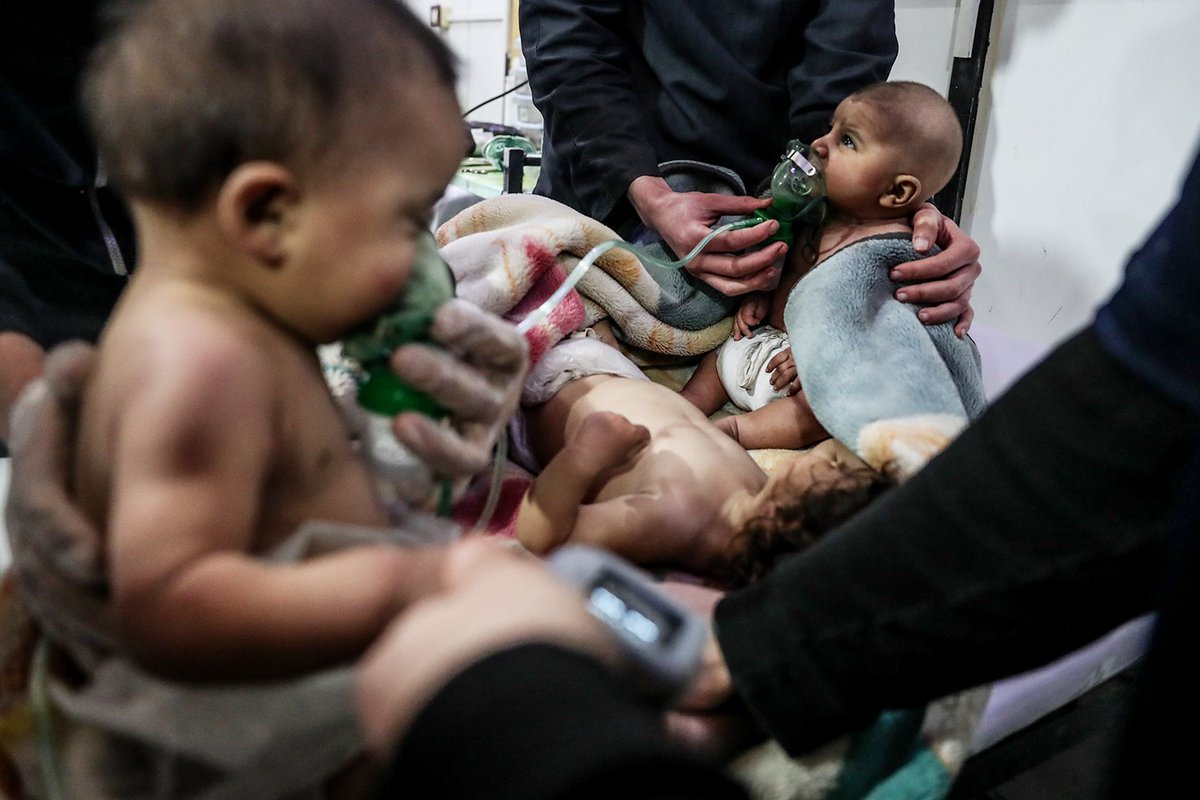
A child and a man are seen in hospital in the besieged Syrian town of Douma, amid reports several people had suffered symptoms consistent with chlorine gas exposure Photo @BassamKhabieh: image via Reuters Pictures @reuterspictures, 26 February 2018

A child and a man are seen in hospital in the besieged Syrian town of Douma, amid reports several people had suffered symptoms consistent with chlorine gas exposure Photo @BassamKhabieh: image via Reuters Pictures @reuterspictures, 26 February 2018
Siria camina a paso firme hacia sus 7 años de guerra. Ghouta, hoy @badramet: image via Miguel A. Rodriguez @Marorodriguez1971, 26
February 2018
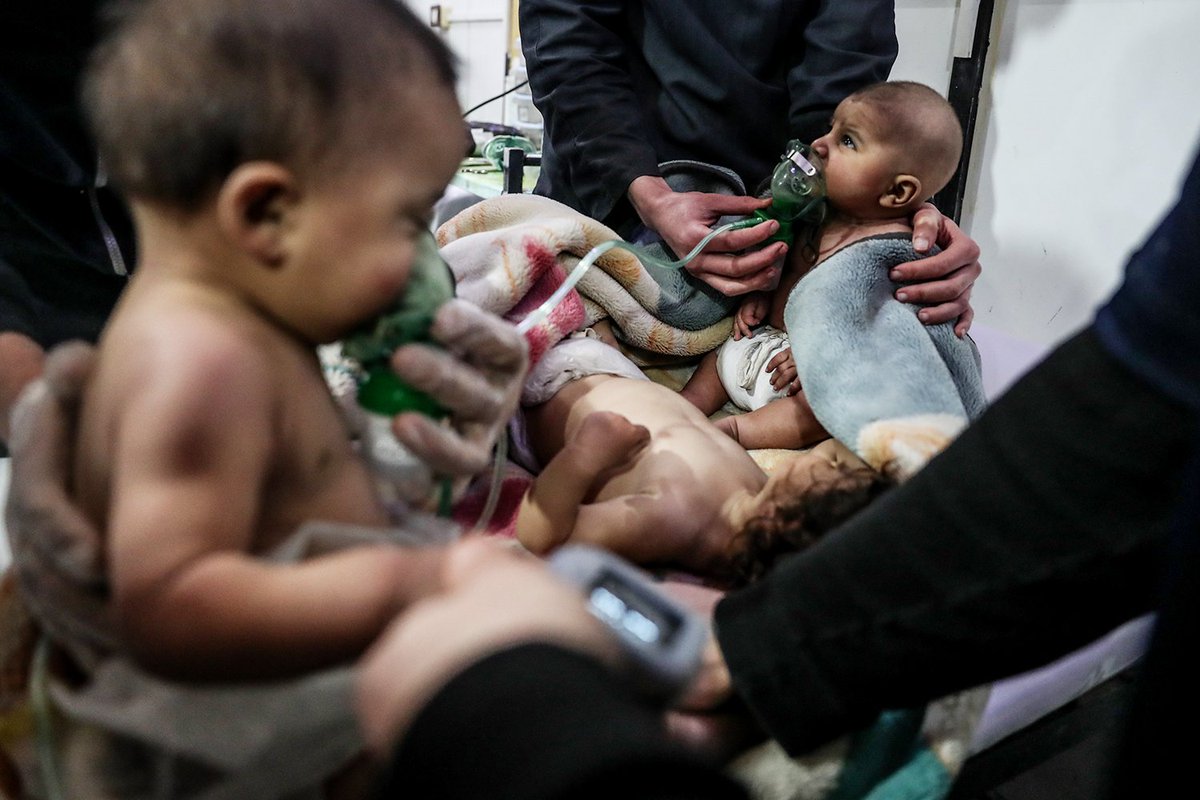
Children receive treatment after an alleged gas #attack on al-Shifunieh village, in Eastern #Ghouta, #Syria. According to activists working in the area, more than 18 people were affected by a poisonous gas, and one child was killed. #ASSAD Photo @badramamet @epaphotos: image via Sunday Times Pictures @STPictures, 26
February 2018
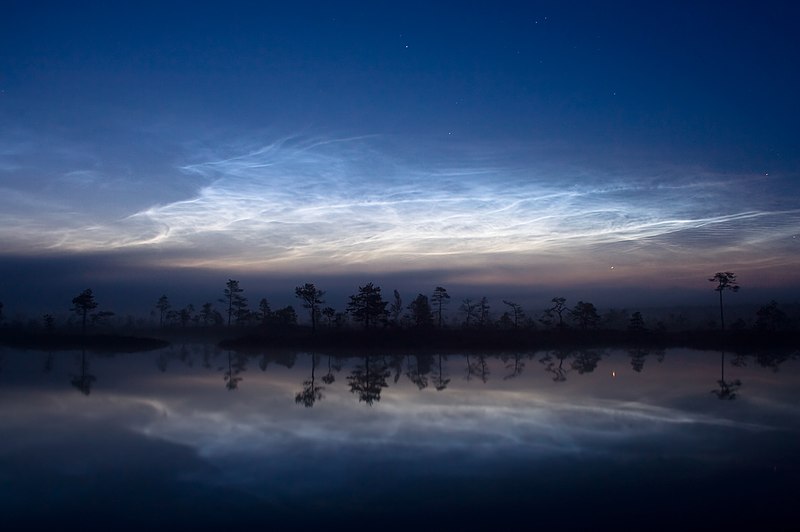
Noctilucent clouds, Kuresoo bog, Soomaa National Park, Estonia: photo by Martin Koitmäe, 2009
Stevie Smith: Bog-Face
Dear Little Bog-Face,
Why are you so cold?
And why do you lie with your eyes shut? --
You are not very old.
I am a Child of this World,
And a Child of Grace,
And Mother, I shall be glad when it is over,
I am Bog-Face.
Florence Margaret "Stevie" Stevie Smith (1902-1971): Bog-Face, from Mother, What Is Man? (1942)
Dear Little Bog-Face,
Why are you so cold?
And why do you lie with your eyes shut? --
You are not very old.
I am a Child of this World,
And a Child of Grace,
And Mother, I shall be glad when it is over,
I am Bog-Face.
Florence Margaret "Stevie" Stevie Smith (1902-1971): Bog-Face, from Mother, What Is Man? (1942)

childhood: photo by the beauty of nocturnal air raids, 13 August 2009
Stevie Smith: Dear Child of God
Dear child of God
With the tears on your face
And your hands clasped in anger
What is the matter with your race?
In the beginning, Father,
You made the terms of our survival
That we should use our intelligence
To kill every rival.
The poison of this ferocity
Runs in our nature,
And O Lord thou knowest
How it nourishes thy creatures.
How it nourishes thy creatures.
Oh what a lively poison it was
To bring to full growth.
Is then becoming loving
As much as our life is worth?
It is a price I would pay
To grow loving and kind,
The price of my life
And the life of human kind.
Father in heaven
Dear Father of peacefulness
It is not often we remember
You put this poison in us,
Generally we stand
With the tears on our face
And our hands clasped in anger,
Faithful but unfortunate.
Florence Margaret "Stevie" Smith (1902-1971): Dear Child of God from Not Waving but Drowning (1966)
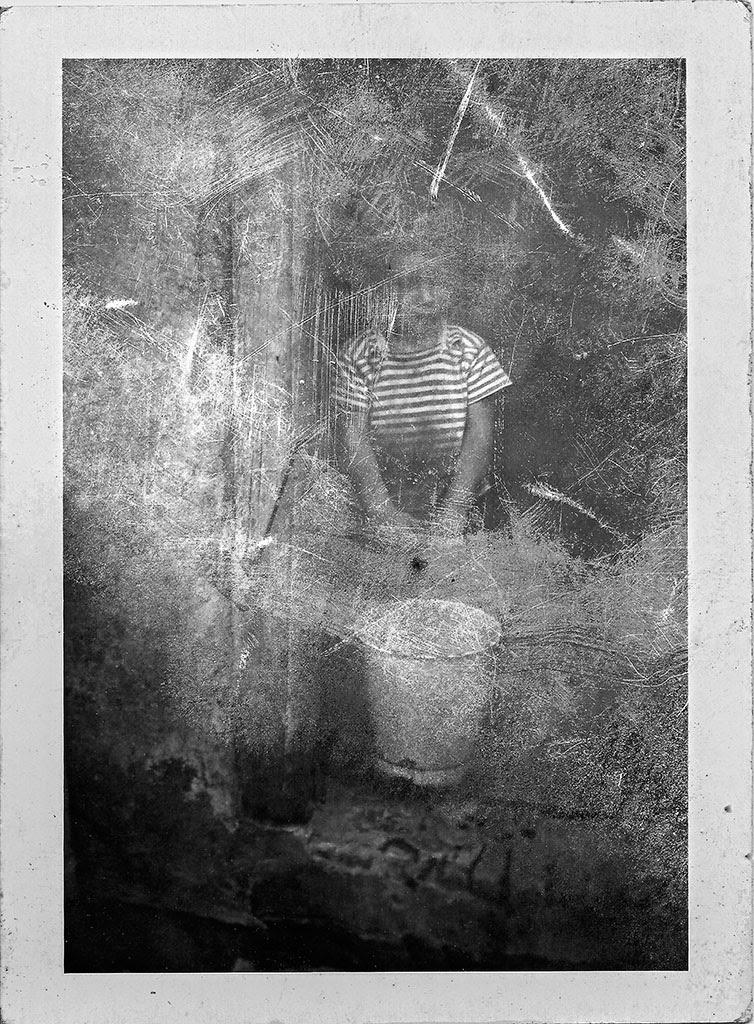

lunenberg (R-type print from mixed media): photo by the beauty of nocturnal air raids, 6 September 2008

boy (C-type from mixed media): photo by the beauty of nocturnal air raids, 27 March 2007
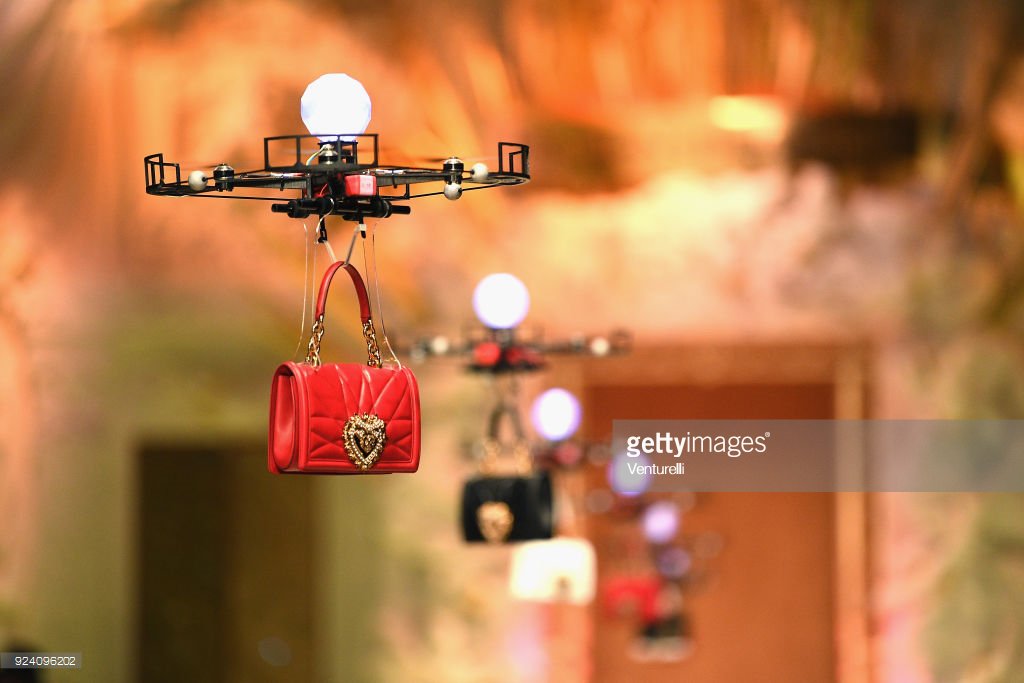
Drones stole the show at Dolce and Gabbana's #MFW presentation. image via Getty Images @GettyImages, 26 February 2018
Not so much news as reassurance God's in his drone farm and all's wrong with the world
A fresh wave of deliveries today brought the consumer brain implant toll for the week
to ten thousand, and it's only Tuesday
here in the Valley of the Shadow of Death, a metal murmuration spreading
across the unregulated flyways
keep an eye on the eye in the sky
the millipede extensors are whirring
you could be hit by a falling $90,000 Dolce and Gabbana handbag
across the unregulated flyways
keep an eye on the eye in the sky
the millipede extensors are whirring
you could be hit by a falling $90,000 Dolce and Gabbana handbag
fashioned from highest quality epidermal tissue stripped off raw baby bone
after the napalm strike and still sizzling
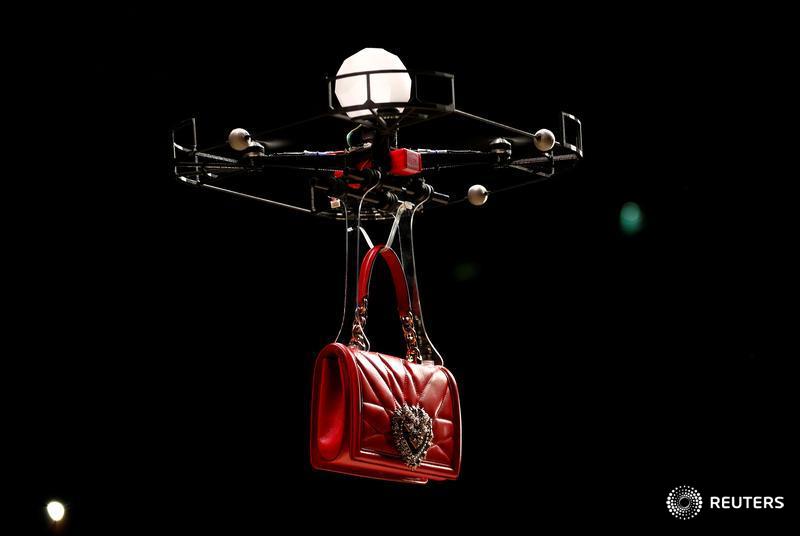
A drone carries a bag from the Dolce and Gabbana collection during Milan Fashion Week Photo Alessandro Garofalo: image via Reuters Pictures @reuterspictures, 26 February 2018
Joseph Vavak: high plains drifting

Bushnell, Nebraska: photo by Joseph Vavak, 17 February 2018


Laramie, Wyoming: photo by Joseph Vavak, 25 February 2018

Laramie, Wyoming: photo by Joseph Vavak, 25 February 2018

Laramie, Wyoming: photo by Joseph Vavak, 25 February 2018

Medicine Bow National Forest, Wyoming: photo by Joseph Vavak, 17 February 2018

Medicine Bow National Forest, Wyoming: photo by Joseph Vavak, 17 February 2018

Medicine Bow National Forest, Wyoming: photo by Joseph Vavak, 17 February 2018

Bushnell, Nebraska: photo by Joseph Vavak, 17 February 2018

Bushnell, Nebraska: photo by Joseph Vavak, 17 February 2018

Bushnell, Nebraska: photo by Joseph Vavak, 17 February 2018


Kimball, Nebraska: photo by Joseph Vavak, 10 February 2018

Kimball, Nebraska: photo by Joseph Vavak, 10 February 2018

Kimball, Nebraska: photo by Joseph Vavak, 10 February 2018



Heartwell, Nebraska: photo by Joseph Vavak, 4 February 2018










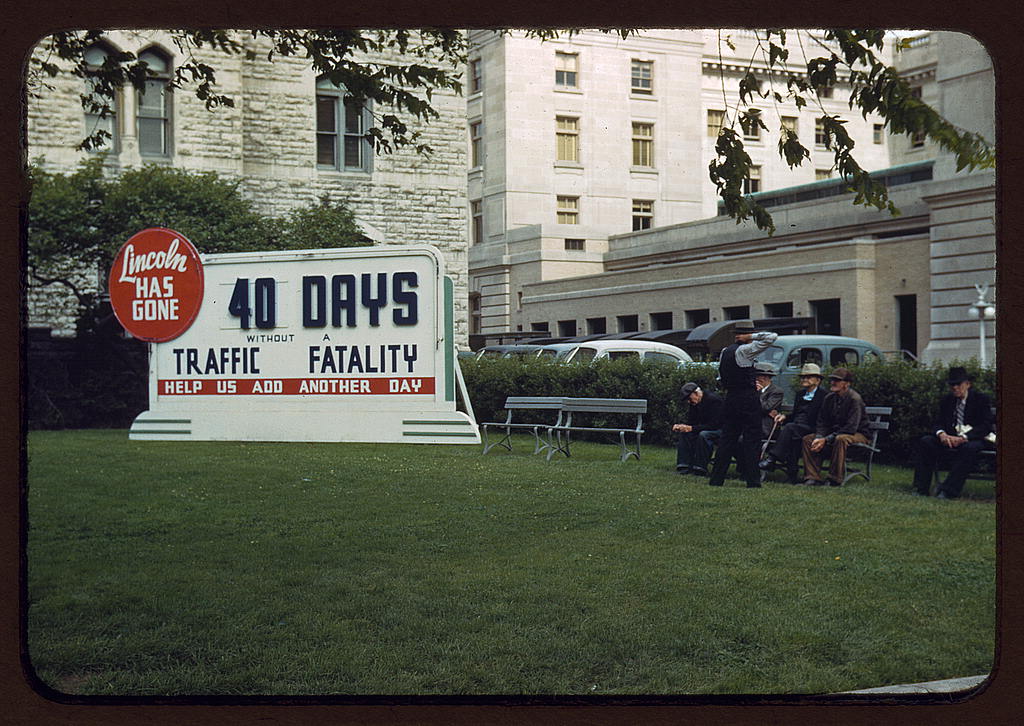










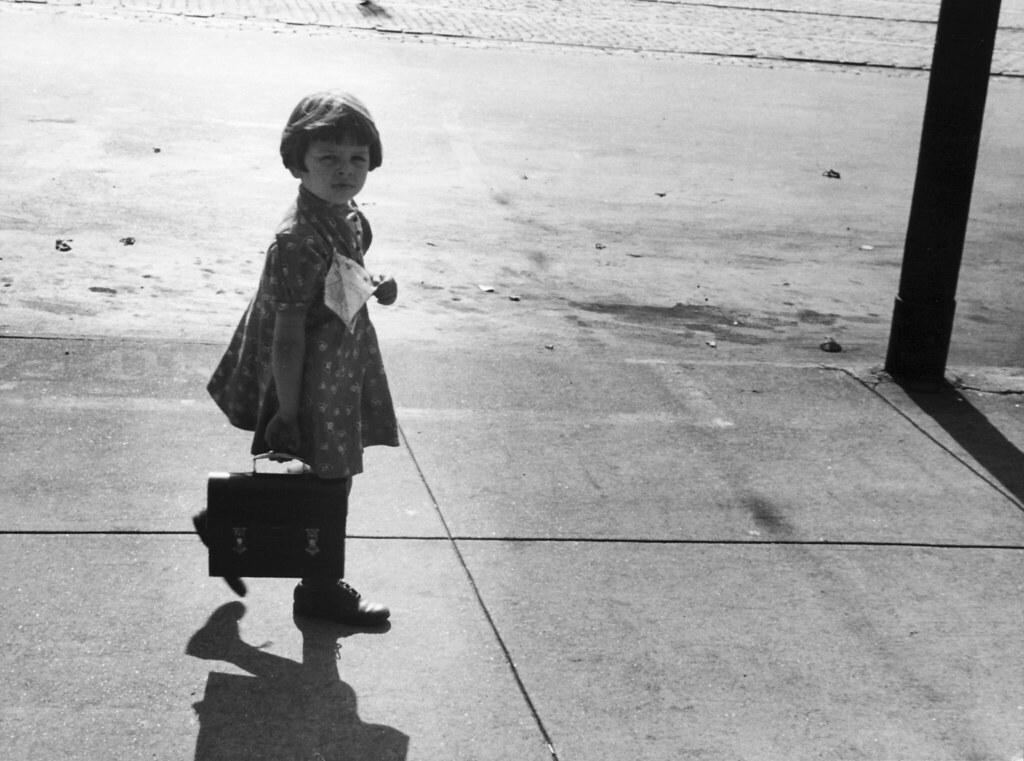




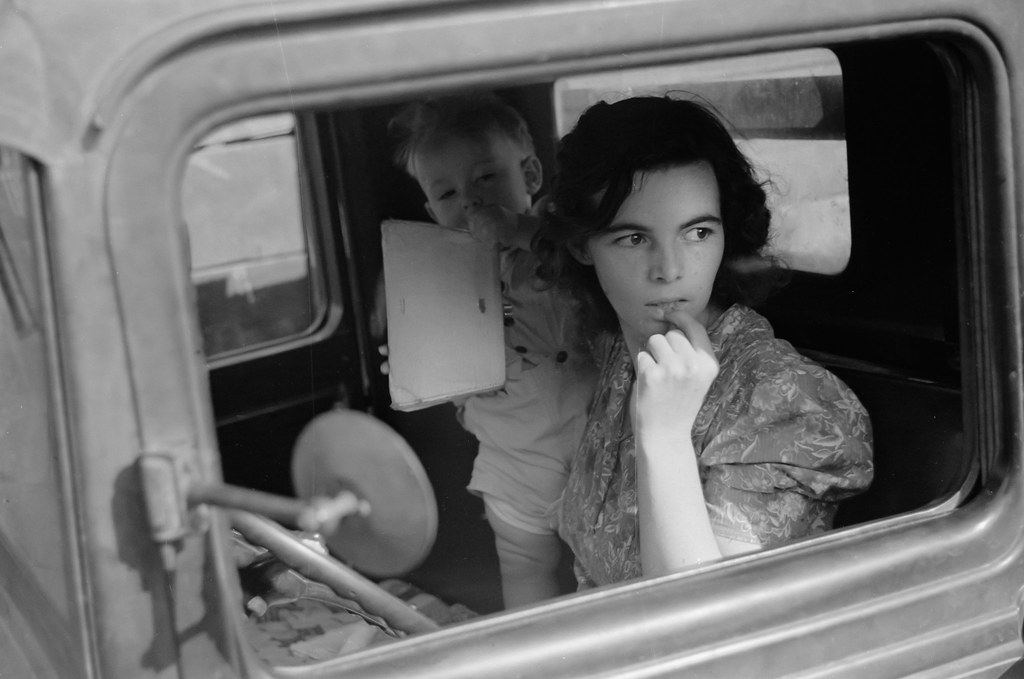




2 comments:
Quite an assemblage. I love the Stevie S poems in particular.
Thanks Hilton.
SS is known, or used to be, for her comic brilliance. But poems like these remind us she also lived in a country that was bombed in wartime.
The Ghouta was once thought to be the heartland, the place of growth and harvest and sustenance, much as the American heartland - whence Spirit has also largely gone missing.
Its memorial these bleak depopulated Joseph Vavak landscapes.
Kees its prophetic failed poet. Wastrel son of a prosperous suicidal culture.
Post a Comment